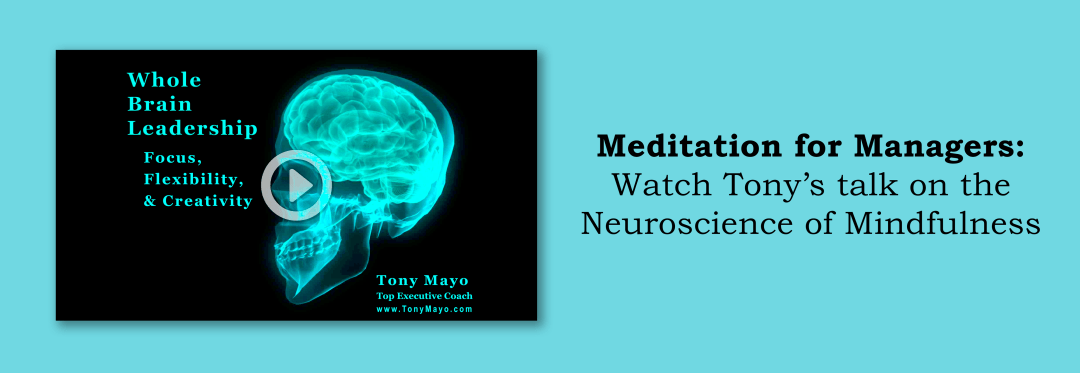Mindfulness-Based Stress Reduction (MBSR) consists of multiple forms of mindfulness practice, including formal and informal meditation practice, as well as hatha yoga.
Although there is no explicit instruction in changing the nature of thinking, or emotional reactivity, MBSR has been shown to:
- diminish the habitual tendency to emotionally react to and
ruminate about transitory thoughts and physical sensations;- reduce stress, depression, and anxiety symptoms;
- modify distorted patterns of self-view;
- amplify immune functioning;
- enhance behavioral self-regulation; and
- improve volitional orienting of attention.
Recent functional neuroimaging studies of MBSR have provided evidence of reduced narrative and conceptual and increased experiential and sensory self-focus at post-MBSR and decreased conceptual–linguistic self-referential processing from pre- to post-MBSR.
The formal practice consists of:
- breath-focused attention,
- body scan-based attention to the transient nature of sensory experience,
- shifting attention across sensory modalities,
- open monitoring of moment-to-moment experience,
- walking meditation, and
- eating meditation.
Informal practice entails brief pauses involving volitionally shifting attention to present moment awareness. Together, this package of mindfulness practices aims to enhance the ability to observe the immediate content of experience, specifically, the transient nature of thoughts, emotion, memories, mental images, and physical sensation. Two specific forms of nonelaborative, nonconceptual attention focusing meditations that are introduced in MBSR are:
- focused attention defined as object-based (e.g., sensations induced during breathing) volitional selective attention in the present moment with ongoing assessment of the quality of attention, and
- open monitoring defined as settling attention into a state of mere observation or monitoring in the present moment on any experience (thought, emotion, physical sensation) without any explicit focus on an object.
–Philippe R. Goldin
James J. Gross
Stanford UniversityThe Journal Emotion
© 2010 American Psychological Association
2010, Vol. 10, No. 1, 83–91
See free, easy Meditation Instructions on this blog.


Tony,
Nice article to share. Like Steve Snyder, all the groups I work with we start with breathe awareness. When bothered, irritated, nervous, anxious, angry, upset, frustrated or feeling attacked in any way we are ready to fight, flee, freeze or as Mickey Connelly adds “appease.” And at that moment we are either holding our breathe or breathing very shallowly.
When in that state of upset, one is not able to be creative or innovative.
Deep breathing stimulates the vagus nerve which activates the parasympathetic nervous system which counters the sympathetic nervous system and its flight, fight or freeze response.
It’s just a breathe away. It’s just a breathe away!
When you are meditating you are concentrating and more or less calming yourself down through controlled breathing. This may not always work to ward off anxiety attacks, but at the very least it is something you should try.